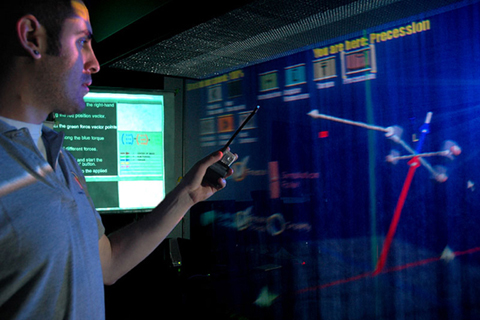MIT Media Labs $100 Laptop
Related Categories: Hardware Innovations; Online Reading and Society
Summary:
From the OLPC website: “One Laptop per Child (OLPC) is a new, non-profit association dedicated to research to develop a $100 laptop–a technology that could revolutionize how we educate the world’s children. This initiative was first announced by Nicholas Negroponte at the World Economic Forum at Davos, Switzerland in January 2005. Our goal: to provide children around the world with new opportunities to explore, experiment, and express themselves.” The ”$100 laptops–not yet in production–will not be available for sale. The laptops will only be distributed to schools directly through large government initiatives.” (more…)


